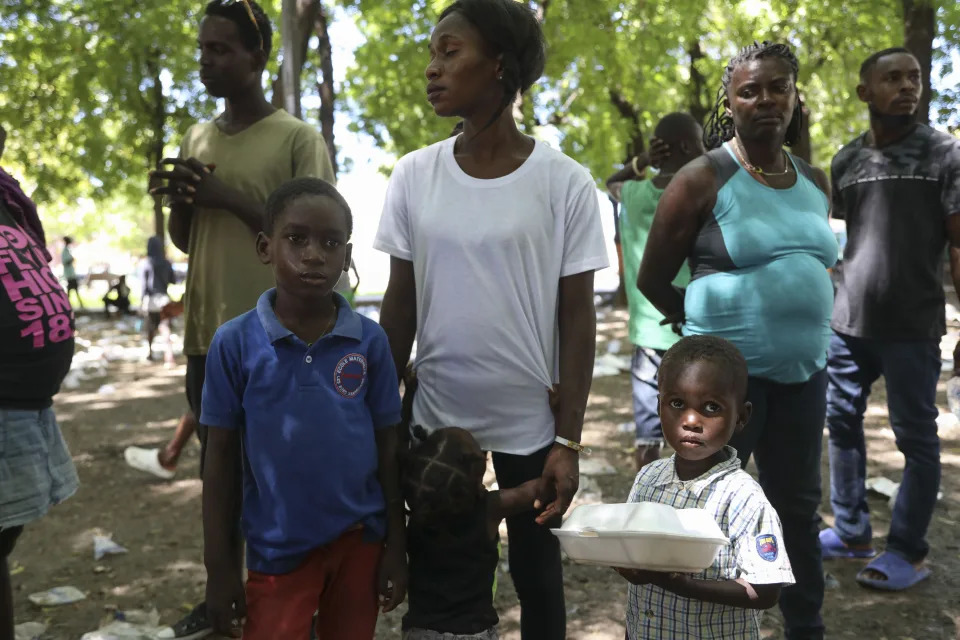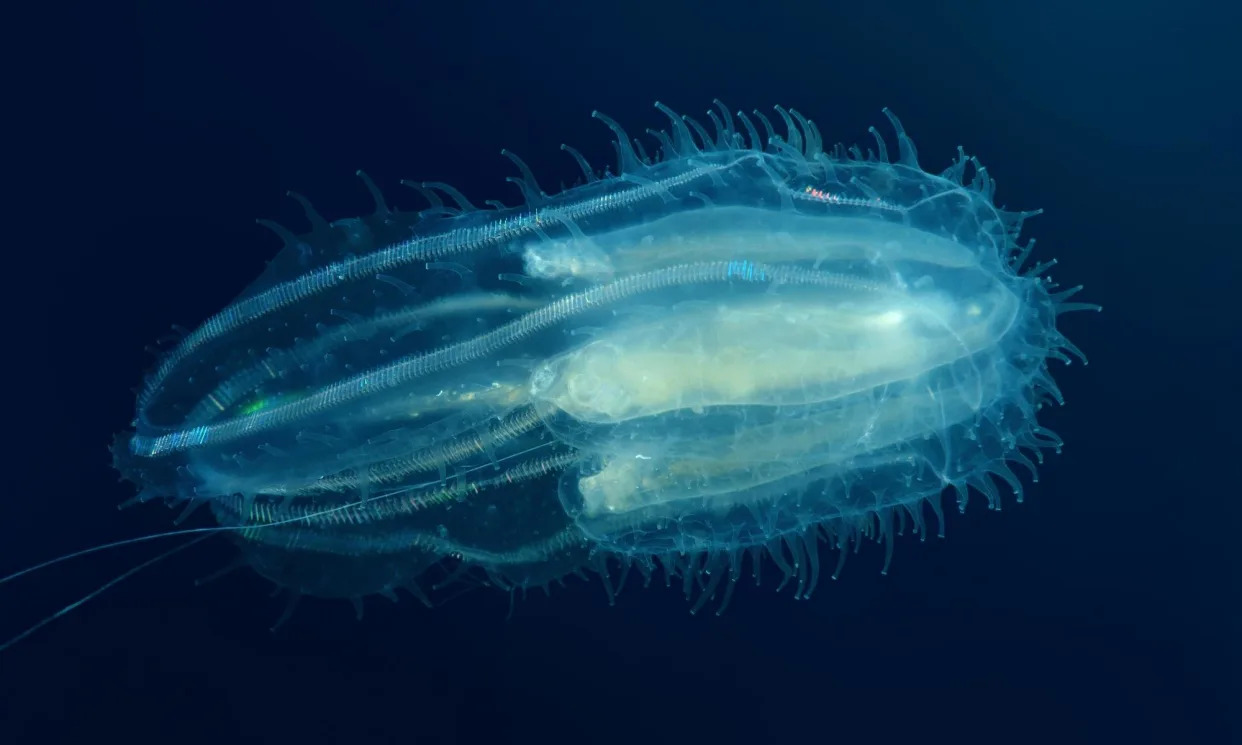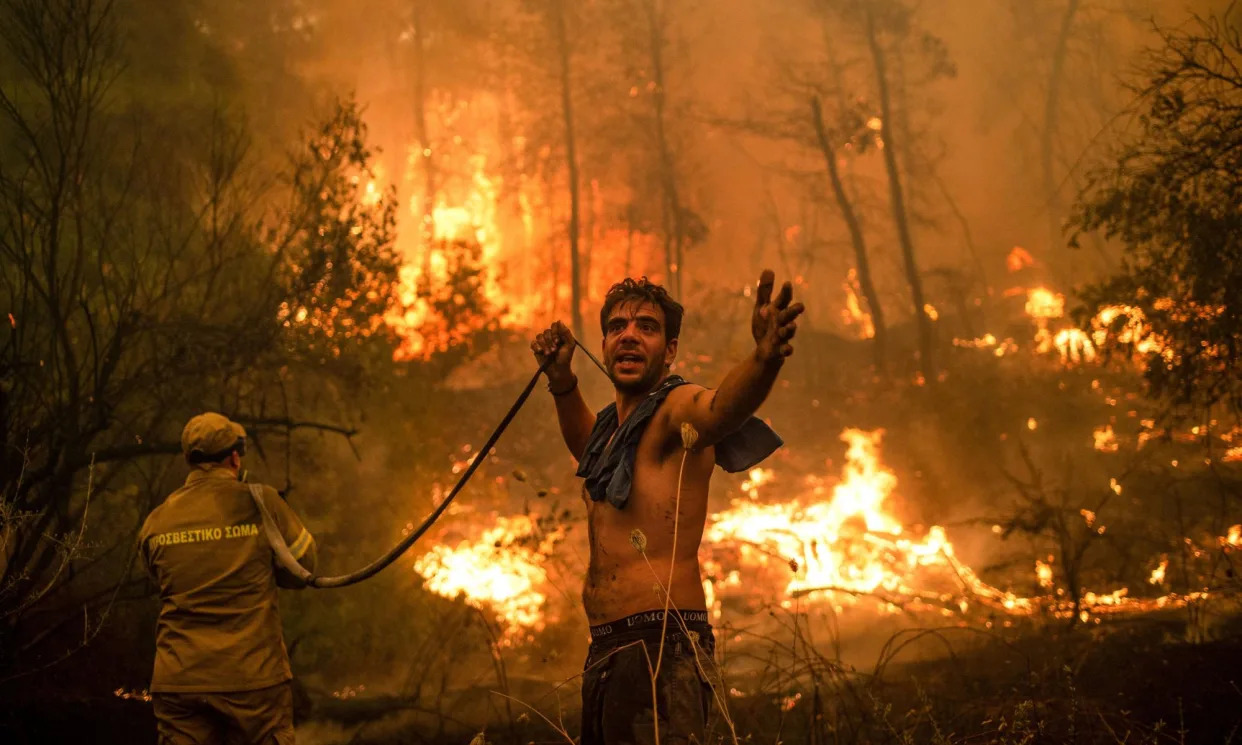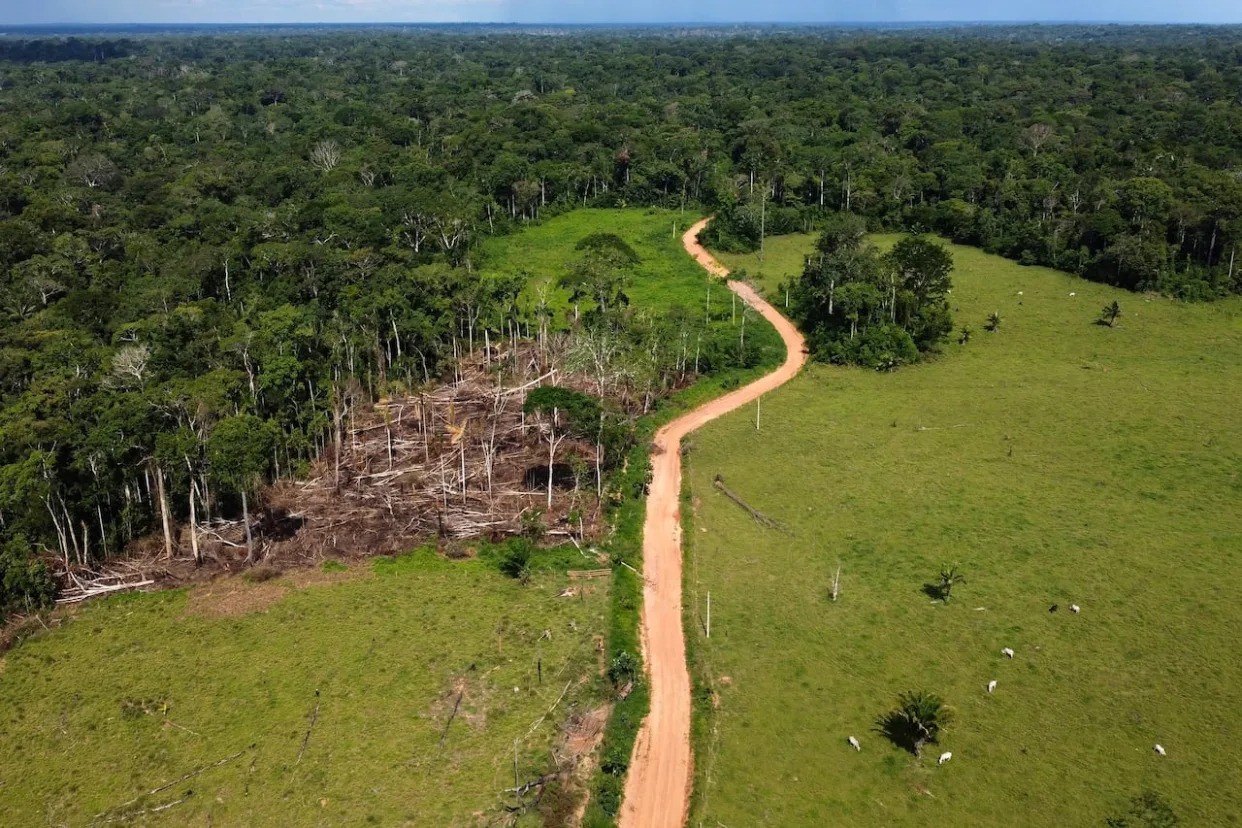Opinion - America needs a working-class White House
Our first and only Black president went to Harvard; if he had gone anywhere else, he may not have been elected. Similarly, if he had chosen a running mate who wasn’t a career politician — a highly visible, white male politician at that — he may not have won.
But that was then. Now, in the Kamala Harris-Tim Walz ticket, we’ve got a prosecutor and a football coach with nary a sprig of Ivy between them, running against two White men who attended the prestigious Wharton School of the University of Pennsylvania and Yale Law School, respectively.
The accession of Harris and Walz to the nomination represents an opportunity for us to imagine a White House that could reflect the least of us.
“Far too long, our nation has encouraged only one path to success: a four-year college degree,” Harris told attendees at a recent rally in Wilkes-Barre, Pa. “Our nation needs to the recognize the value of other paths, additional paths, such as apprenticeships and professional programs.”
Harris’s personal choices reflect this common-sense wisdom of education as a tool to open the doors of opportunity, rather than as an exclusive invitation to access.
I find this both refreshing and potentially transformative. As a law professor, I have chosen to teach at schools that promise the opportunity of an education to students from the middle and working classes. My students are bright, engaging and hard-working. Many of them are first-generation college students and will be the first in their families to earn a law degree.
Although they sit in classrooms and are taught a curriculum that does not vary significantly from any other U.S. law school, they will be overlooked for summer internships at blue-chip law firms, jobs at prominent national public interest organizations, and the most coveted federal judicial clerkships, simply because the classrooms where they sit are not located in a law school that is Ivy or Ivy-adjacent.
Their chance of clerking for a Supreme Court justice is almost non-existent, as our justices seek clerkship candidates with Ivy League degrees. They see these types of degrees as proxies for excellence, indices of belonging to the group that gets to make the decisions for all of us, without including the least of us.
A president from a middle-class background who keeps the concerns of middle- and working-class people in the public conversation could change all of this.
Who might such a president appoint to the Supreme Court, and who might that new justice appoint as a clerk? Breaking this class barrier in a Supreme Court appointment could have widespread implications for a nation struggling with questions of identity — fundamentally what America should look like and what it means to be an American.
What might it mean to have a president who attended a Historically Black University as an undergraduate and law school at a state university? What might this signal to those of us who have achieved more than our parents and grandparents could have imagined, but who have been met with a ceiling from which creeps Ivy — invasive, toxic, choking out our voices, smothering our dreams, weaving a wall to block us from full participation in public life, even as its verdant green and hardiness promises new beginnings and access to power and influence?
Almost half of the Black Cabinet members to serve under a U.S. president, one-third of the politicians in the Congressional Black Caucus, and two of the three Black justices ever to serve on the U.S. Supreme Court have attended an Ivy League or other elite school for either an undergraduate, graduate, professional degree, or all three. Their work at these institutions bolsters the notion that Black people are only capable of leadership and public visibility at the highest levels of government when they have matriculated through the halls of White, elite power.
Many members of the Congressional Black Caucus attended Historically Black Colleges and Universities and state colleges and universities for one or more degrees. Their presence but lesser national visibility creates the perception that even though their constituents believed them to be enough, they are somehow less educated, less worthy when educated at schools that sheltered Black people in emancipation and beyond and that remain standing strong even through the blitzkriegs of the culture war.
Part of the excitement of the possibility of a Harris presidency comes from the fact that, even if she is not “just like us,” she is more like us than any other minoritized presidential candidate in recent history. Her presence signals to us that people educated at Historically Black Colleges and Universities and state colleges and universities might have a place as leaders and decision-makers at the highest levels of American government.
Harris’s choice of running mate, a plain-spoken Minnesotan, former high school teacher and football coach, doubles down on that premise.
A successful Harris-Waltz ticket may not be the perfect solution to the problems that plague our nation, but it might just be the perfect pairing for this moment. A middle- or working-class White House means that America’s perception of itself as an inclusive nation made stronger by our differences is finally catching up to its reality, earnestly attempting to hold its disparate pieces together.
Teri A. McMurtry-Chubb is a professor of law at the University of Illinois Chicago and a Public Voices Fellow with The OpEd Project.
Copyright 2024 Nexstar Media, Inc. All rights reserved. T




















